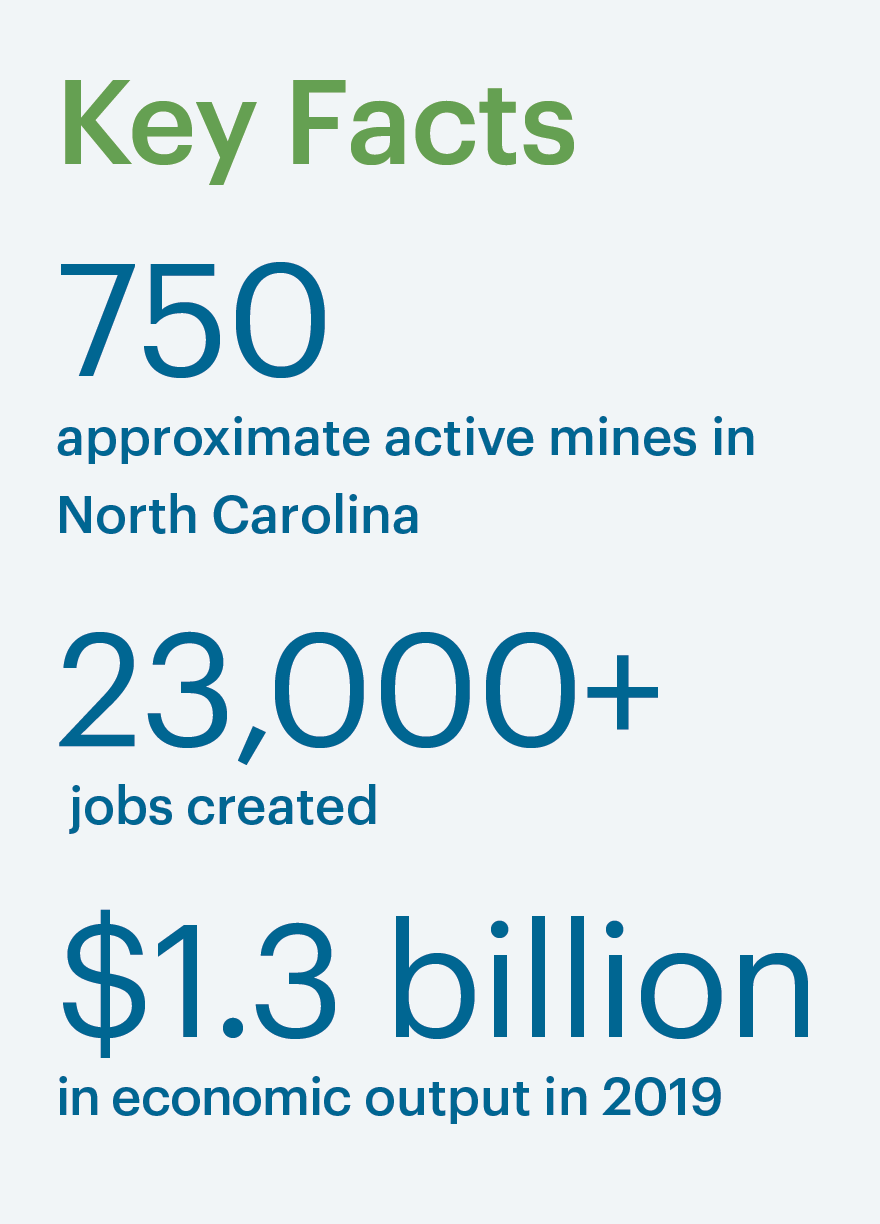Gaston County Lithium: Past, Present, and Future
Gaston County is home to the Carolina Tin-Spodumene Belt – the most significant known spodumene resource in the U.S. in terms of size and infrastructure.1 Spodumene ore is a mineral from which lithium can be derived and converted to lithium hydroxide, a battery-grade lithium salt.
From the 1950s to the 1980s, the Carolina Tin-Spodumene Belt provided nearly all of the world’s lithium, delivering important supply chain resources to the U.S. military as well as the automotive, glass, ceramics, and pharmaceutical industries.
Today, Gaston County is poised once again to lead production of crucial lithium resources – this time, to support the national electric vehicle and battery supply chains and American energy independence.
We believe that the future of Gaston County lithium looks bright. Our proposed Carolina Lithium project, which is located on the widest portion of the Belt, is being designed to provide hundreds of local jobs and significant economic prosperity for many years to come. And, operating as a responsible steward of resources, we would position Gaston County as a key contributor to reducing our country’s reliance on foreign nations for critical minerals. We’re proud to call Gaston County home to both our proposed Carolina Lithium project and our global headquarters.
Mining in North Carolina
Our modern world depends on mining – and so does North Carolina. As a key source of revenue and employment for the Tar Heel State,1 mining has fueled our economic growth for more than two centuries.² The United States’ famous “Gold Rush” of the early 1800s was triggered after the first documented gold discovery was made in North Carolina in 1799.²
As gold discoveries boomed, the rush eventually led to the expansion of other mining activities in the state. While miners searched for gold in riverbeds and streams, discoveries of several key minerals and metals were made – including silver, copper, and lead – and new mines and techniques were pioneered to extract these resources.
Today, North Carolina is the nation’s leading producer of feldspar, scrap mica, olivine, and pyrophyllite,3 providing a variety of industries with the raw materials required to produce brick, ceramics, glass, countertops, cosmetics, paint, thermal insulation, and much more.3
The Tar Heel State is also a major producer of high-purity quartz, gemstones, and titanium minerals, and is home to significant reserves of phosphate rock, rare earth minerals, and lithium-bearing rock.
2 North Carolina Department of Natural and Cultural Resources
3 NCDEQ Division of Division of Energy, Mineral and Land Resources, NC Mineral Resources
“We’re sitting on the top of the largest single deposit of high-grade lithium [Carolina Tin-Spodumene Belt] in North America…we need to lead by example and if we do that, we’ll accelerate our self-dependence and eliminate our reliance on China by decades. That’s why I support this [Carolina Lithium] project.”
– U.S. Senator Thom Tillis


in Gaston County


